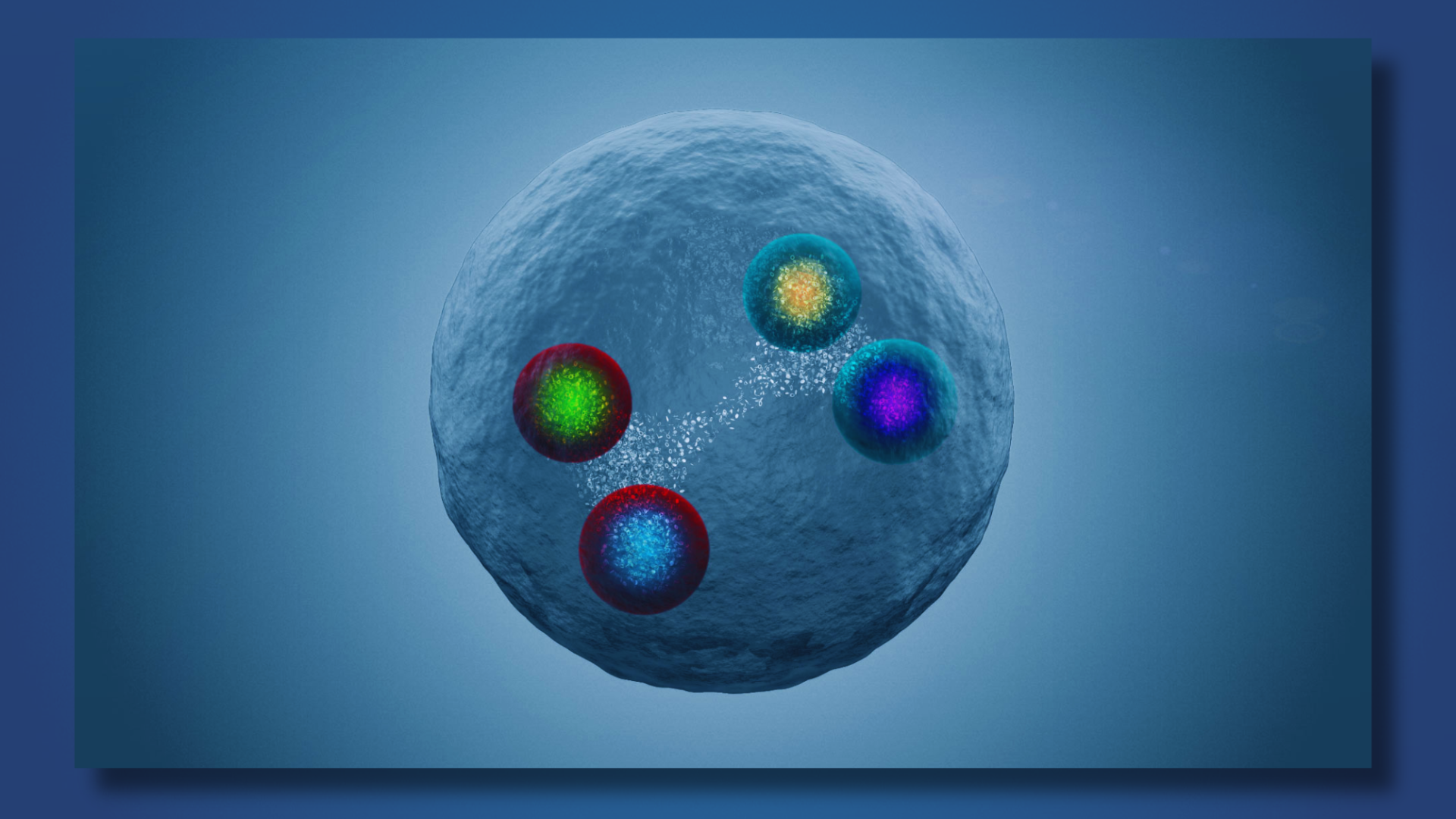Human beings are perpetually engaged in the quest to uncover and understand the fundamental workings of the universe. Quantum physics is a branch of science that has helped unravel the intricate complexities of our universe at microscopic scales and beyond. Research in quantum physics has advanced our understanding of atoms, the building blocks of matter, and revealed that these atoms, composed of smaller subatomic particles such as protons, neutrons, and electrons, are not the ultimate constituents of matter.
Furthermore, these subatomic particles are not the smallest entities; they are made up of even more fundamental particles such as quarks, and there are other particles like muons and leptons beyond that. This has altered our prior understandingof matter and what it actually consists.
The Findings
In a recent development researchers at the Tata Institute of Fundamental Research (TIFR) and the Institute of Mathematical Science (IMSc) have recently published groundbreaking findings in the Physical Review Letters. Their study opens new avenues in Quantum Chromodynamics (QCD), providing insights into exotic subatomic particles and advancing our understanding of the strong force.
At the heart of this investigation lies the mysterious fundamental strong force, responsible for generating nearly all the mass of visible matter in the universe. A small group of fundamental particles, referred to as quarks, participate in fascinating interactions through the exchange of gluons, producing all composite subatomic particles that eventually constitute the entirety of visible matter in our universe.
The QCD Theory
At the heart of this comprehension lies the QCD theory, which dictates the dynamics of strong interactions. QCD facilitates the creation of color-neutral amalgamations of quarks into subatomic particles commonly known as hadrons. Conventionally, hadrons have been divided into two primary groups: mesons, such as pions, comprising one quark and one anti-quark, and baryons, such as protons, consisting of three quarks.
READ MORE : Does A New Study Suggest ]A Rapid Disappearance Of Web Pages And Online Content?
Exotic Hadrons
Additionally, there exists a class of quarks beyond this, known as exotic hadrons. These include particles comprising four, five, or even six quarks, as well as those with gluons, referred to as glueballs. One of the types of exotic hadrons discovered includes tetraquarks, consisting of four quarks, specifically two quarks and two anti-quarks. These particles might exist in highly condensed configurations or as loosely connected groupings resembling two mesons or other forms, yet their exact structures continue to elude scientists, remaining a mystery
In the last fifteen years, numerous experimental findings have shed light on this once mysterious realm, revealing diverse arrays of exotic hadrons. These discoveries challenge traditional views of the strong force and push the boundaries of our knowledge about subatomic particles.
Tetraquarks
Theoretical studies play a crucial role in these discoveries by predicting the quark compositions and potential energy ranges of such particles. In their recent research, Prof. Nilmani Mathur and postdoctoral fellow Dr. Archana Radhakrishnan from the Department of Theoretical Physics at TIFR, along with Dr. M. Padmanath from IMSc, have forecasted the existence of a novel tetraquark.
This newly identified subatomic particle consists of a beauty quark, a charm quark, and two light anti-quarks, placing it in a family of tetraquarks known as Tbc, or the beautiful-charming tetraquarks. They utilized the computational resources of the Indian Lattice Gauge Theory Initiative (ILGTI) to perform this calculation.
The formation of this specific tetraquark was examined through the interactions between bottom and charm mesons. Using variational techniques across various lattice spacings and valence light quark masses, the study analyzed energy eigenvalues of the interacting meson systems within finite volumes.
The Way Forward
This approach led to the conclusion regarding the existence of the tetraquark. Similar to the predicted particle, other tetraquarks with the same quark content but different spin and parity could also exist. This prediction is particularly timely, coinciding with the recent discovery of a tetraquark (Tcc) that contains two charm quarks and two light antiquarks.
As a result, there’s a strong possibility that the newly predicted particle, or a similar variant, could be discovered using existing experimental techniques. The necessary energy range and luminosity for their production and detection are becoming increasingly accessible.
Moreover, the predicted particle’s binding energy surpasses that of any previously discovered tetraquarks, and the binding weakens as the mass of the light quark increases. This points to the complex dynamics of strong interactions across various quark mass regimes and highlights intriguing features of the strong force in hadron formation, particularly those involving heavy quarks.
This discovery also adds motivation to search for heavier exotic subatomic particles in upcoming experiments, which could further our understanding of the strong force and unlock its full potential.
ALSO READ : Does A New Study Suggest A Rapid Disappearance Of Web Pages And Online Content?


















